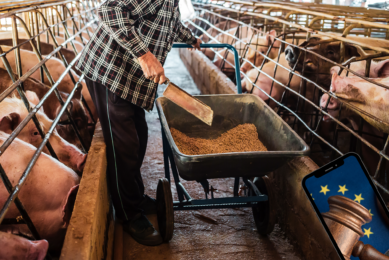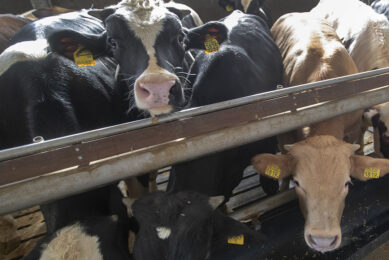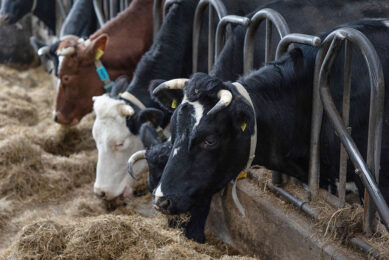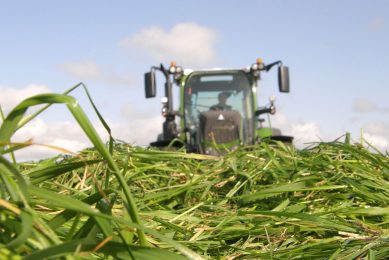Research: Lysine in dairy rations
Researchers from the US and Canda studied the effects of feeding a ruminally protected lysine product, with or without isoleucine, valine and histidine, to lactating dairy cows on their productive performance and plasma amino acid profiles.
The literature on post-ruminal lysine supplementation to diets of lactating dairy cows shows generally small negative responses to supplemental intestinally absorbable lysine.
A recent metabolic modelling of California dairy rations predicted other amino acids (AA) that could become co-limiting if supplies of intestinally absorbable lysine were met.
The objectives of this study were to estimate the rumen escape potential of a ruminally protected (RP) lysine (RPL) product, and an RPL product also containing isoleucine, valine and histidine (RPAA), to determine effects of feeding these products on performance and plasma AA profiles of high producing dairy cows.
Three pens of about 310 multiparous early lactation cows were used with 28 day experimental periods in which the basal total mixed ration (TMR) was the same for all groups except for the RP products.
These were added to the treatment pens at a level designed to deliver an equal amount of intestinally absorbable l-lysine to both RP groups.
Results
However rumen stability was slightly higher for the RPL versus the RPAA, and the RPL was calculated to deliver 13.2 g/d of intestinally absorbable lysine and the RPAA calculated to deliver 10.6, 5.4, 2.2 and 1.6 g/d of intestinally absorbable lysine, isoleucine, histidine and valine respectively.
Only milk protein proportion was increased when RPL was fed. However, replacement of the RPL with the RPAA increased milk and milk lactose yields, while milk protein and energy outputs tended to increase.
Plasma levels of both non-essential and essential AA, including lysine, were not impacted by feeding the RPL or RPAA.
Reduced performance
Overall, feeding the RPL alone was judged to cause a generally reduced productive performance, which could be interpreted to suggest that lysine was not supplied in sufficient quantity or that it was not required.
Feeding the RPAA versus the RPL increased productive performance of the cows overall, which could support an overall hypothesis that lysine alone resulted in an imbalance and/or deficiency of isoleucine, histidine and/or valine which was alleviated by their supplementation.
Overall treatment differences, regardless of their statistical significance, were small and of very limited practical application.
Nevertheless, feeding a complex of RPAA was beneficial beyond supplementation of RP lysine alone, but more research on AA imbalances will be required in order to determine effects of supplementation of RP amino acids.
The full research can be purchased from ScienceDirect











